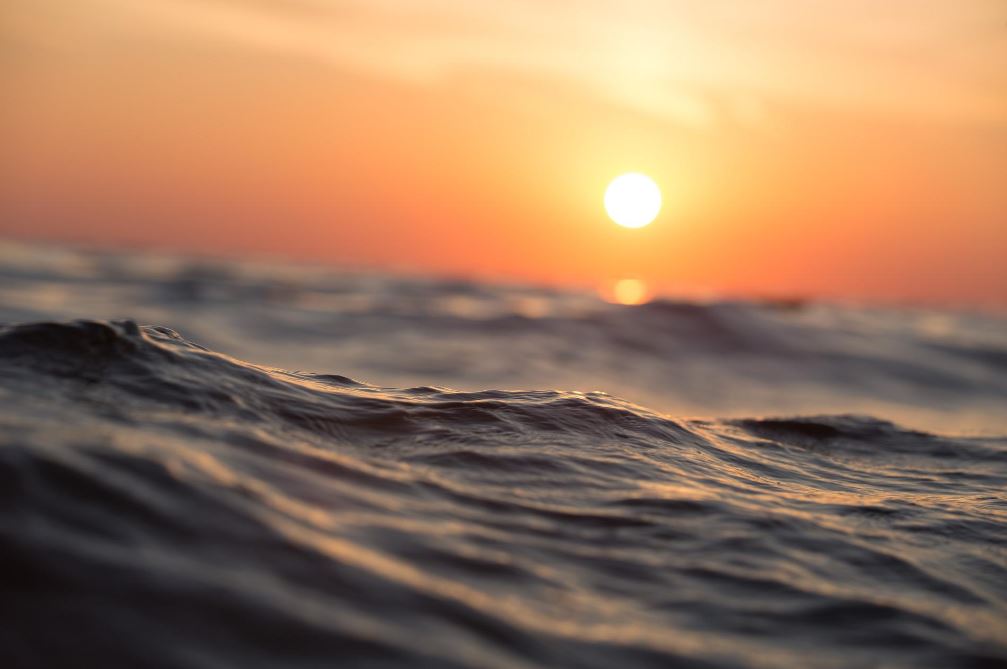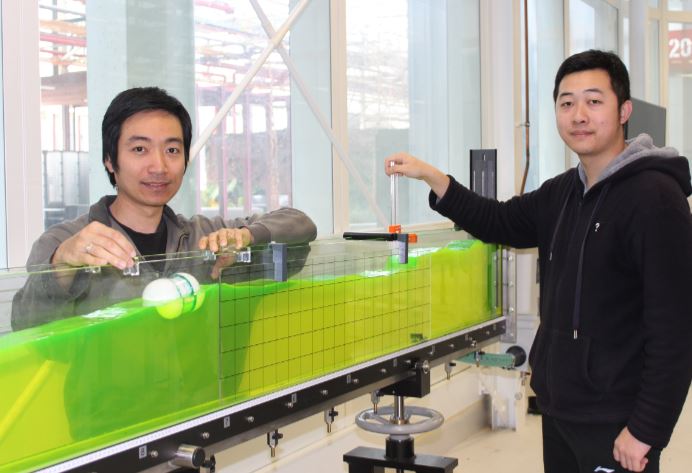
Harnessing power from ocean waves is a complicated endeavour which a South Australian-Chinese research team is diving deep to take into a new direction.
A prototype system designed by Flinders University researchers delivers a robust generator made from recycled material that promises to help address small-scale local energy requirements and environmental pollution issues with further R&D.
The ‘green machine’, designed around a wave-driven triboelectric nanogenerator (WD-TENG for short) model, integrates two small generators inside a recyclable tube to make cost-effective electricity in water from continuous immersion in waves.
A new study published in the journal Nano Energy, by researchers at Flinders University and Beibu Gulf University in China, evaluated the low-frequency energy output of the TENG unit under various ocean wave conditions.

“The experimental testing result indicates the WD-TENG can almost reach the rated output at Hz with 1.05 W/m2 power density,” says Flinders University College of Science and Engineering PhD candidate Mr Yunzhong (Steven) Wang.
“Our modelling indicates that the new WD-TENG has decent durability and robustness under continuous operation and has potential to provide electricity to remote or rural properties close to the coastline, or on islands.”
The experiment also showed the WD-TENG can sustainably charge a 47 μF capacitor to 0.496 V in a minute. The exchange charge density of the used triboelectric materials arising from the triboelectric charge exchange is 19.81 nC.
The R&D will expand with support from the State Government’s Green Industries SA via a ‘circular economy’ student award for the research into ‘a wave-driven generator constructed from recycled materials’ presented last week.

Senior researcher, Flinders University Professor Youhong Tang, says the team will now test the design in a watertank system (see image above), which integrates a self-designed wave creator to simulate actual ocean conditions as much as possible before the devices are tested at local metropolitan beaches.
“This study shows the potential speculation approach to estimate an approximately best response wave amplitude to determine the suitable ocean state to obtain the optimised output performance of the wave-driven triboelectric nanogenerator,” says Professor Tang.
“The 3D printing technology provides a cost-effective and relatively convenient approach to fabricate multi-shape triboelectric nanogenerators to satisfy the different ocean wave states,” adds co-author Mr Anh Tran Tam Pham.

Associate Professor Xiangxi Han, from the College of Mechanical and Marine Engineering at Beibu Gulf University, says ocean engineering and technology have great potential in creating clean energy from wave power, or ‘blue energy’.
China and other countries have been looking at various TENGs to convert the irregular kenetic energy of waves into electrical energy, including to electrochemical water splitting to produce zero-emission hydrogen.
The article, Design and evaluate the wave driven-triboelectric nanogenerator under external wave parameters: Experiment and simulation (2022) by Yunzhong Wang, Anh Tran Tam Pham, Xiangxi Han, Dongsheng Du and Youhong Tang has been published in Nano Energy (Elsevier) DOI: 10.1016/j.nanoen.2021.106844.

